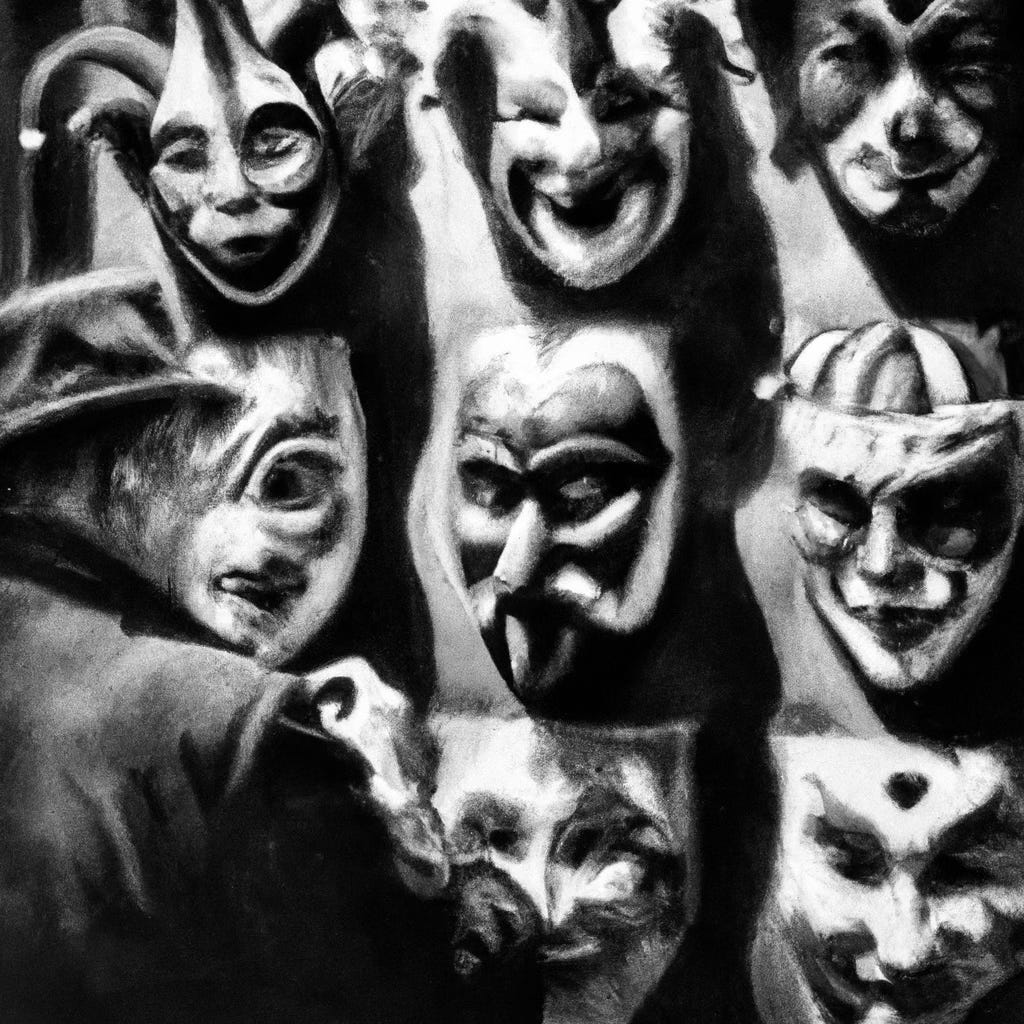Influencers sell borrowed lives to those afraid of their own.
The marketplace of influence thrives on borrowed identities. The more people outsource their lives to borrowed scripts, the further they drift from any authentic confrontation with themselves.
The culture of influence feeds on avoidance. Instead of facing the discomfort of shaping one’s own direction, people find relief in copying the already-packaged gestures of others. This trade is not neutral; it is a transaction where individuals abandon their potential in exchange for a comforting illusion. What is consumed is not knowledge, but the reassurance that someone else has already decided how life should look.
The danger is not superficial imitation. It is that imitation calcifies into identity. The influencer becomes the substitute for self-exploration, offering polished fragments of lifestyle as if they were answers. Followers internalize these fragments, mistaking them for their own ambitions. The more one borrows, the less one builds. This creates a cycle where individuals willingly surrender the chance to test their own strength, hiding behind the ready-made templates of others.
What is lost in this process is not originality for its own sake, but the possibility of transformation. Growth does not come from comfort, and no algorithmic feed can provide the friction required to become more than what one is today. To live through borrowed images is to anesthetize the very struggle that makes development possible. Avoidance of this struggle may provide short-term ease, but the cost is long-term stagnation.
At its core, the problem is not the existence of influencers. It is the willingness of individuals to give up the confrontation with uncertainty and replace it with someone else’s version of certainty. This surrender is often subtle: adopting opinions without questioning, repeating aesthetics without testing, living goals without choosing. Yet beneath the polish lies avoidance, and avoidance corrodes the possibility of becoming stronger.
A different path requires risk. It requires facing the silence of not knowing who to be until action defines it. It requires building rather than borrowing, confronting the limits of one’s own capacity rather than hiding them behind imported images. This is not the easier path, nor is it designed to be widely popular. It is a path for those unwilling to delegate the responsibility of becoming to anyone else.

